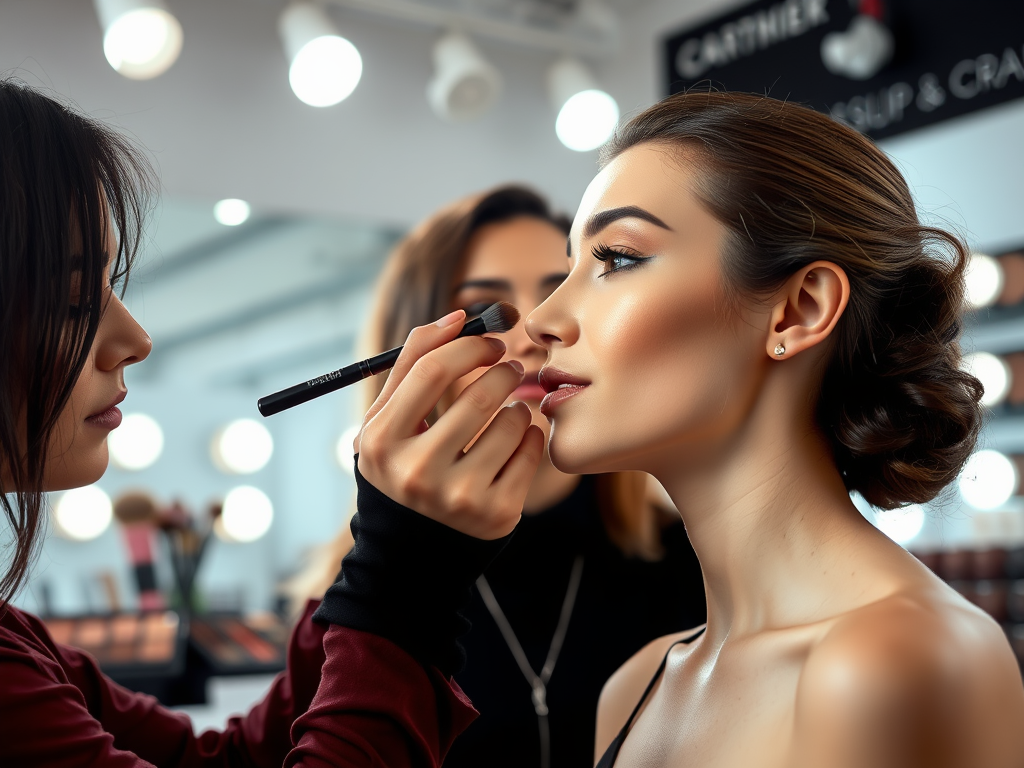Finding the perfect foundation shade can be a daunting task, especially with the myriad of options available in today’s beauty market. A well-chosen foundation can enhance your natural beauty and make your skin look flawless, while a poorly matched shade can leave you with an uneven complexion or an unnatural appearance. The quest for the right shade often leads to confusion and time wasted, particularly for those who don’t fully understand their skin’s unique characteristics. Many beauty enthusiasts fall into the trap of common mistakes that can derail their foundation shopping experience.
This article will guide you through understanding foundation shades, highlight common pitfalls to avoid, and provide practical tips for finding your match. Gaining clarity on your skin’s undertones, testing methods, and seasonal nuances will empower you to make informed decisions that elevate your makeup routine. By gaining deeper insights into this crucial beauty aspect, you’ll be one step closer to achieving that sought-after flawless glow.
Understanding Foundation Shades

Foundation shades come in various forms, reflecting the diversity of skin tones found across different individuals. Each foundation formula is designed to cater to a specific skin type and tone, further complicating the selection process. Factors such as skin undertones, type (oily, dry, or combination), and seasonal changes can all influence how a foundation shade appears on your skin. For this reason, it is crucial to educate yourself about these varying aspects before setting out to find your ideal shade.
Moreover, the wrong choice can not only affect your makeup’s overall appearance but can also impact your skin’s health. Hence, it is essential to pay attention to details and ensure your foundation aligns with your skin’s natural properties. With this knowledge, you’ll gain confidence in your ability to choose shades that complement your skin, rather than clash with it. Keep in mind that the outcome you desire starts with a solid understanding of what shades will truly work for you.
Common Mistakes When Choosing Your Foundation Shade

Choosing the right foundation shade can be a nuanced process filled with potential missteps. Here are some of the most common mistakes individuals make when selecting their foundation:
- Relying Solely on Artificial Lighting: Testing foundation shades under bright fluorescent lights can completely alter your perception of how the color complements your skin tone.
- Ignoring Undertones: Many people fail to recognize their skin’s undertones, which are crucial in determining the right shade for their complexion.
- Testing on the Hand Instead of the Jawline: Since the skin on your hands can differ significantly from your face, always test shades on the jawline for a more precise match.
- Choosing a Shade Without Testing Multiple Options: Settling on the first shade can lead to an unsatisfactory result; trying multiple options allows for better comparison.
Knowing your skin’s undertones is vital in finding the right foundation shade that will blend seamlessly without appearing too ashy or orange. It’s often overlooked, but it can make a world of difference. Here are the types of undertones to identify:
| Undertone | Characteristics | Suggested Foundation Shades |
|---|---|---|
| Cool | Pink, red, or blue hues | Foundation with pink tones |
| Warm | Yellow, peach, or golden hues | Foundation with yellow or golden tones |
| Neutral | Combination of warm and cool hues | Foundation with a balanced tone |
How to Accurately Determine Your Foundation Shade
To prevent the common mistakes already highlighted, consider these practical tips for accurately determining your foundation shade:
- Look at Your Veins: Check the veins on your wrist to help identify your undertone. Blue veins suggest cool tones, green implies warm tones, and a mix indicates neutrality.
- Test in Natural Light: Always assess foundation shades outdoors or in natural sunlight, where colors appear truest to life.
- Consider Seasonal Changes: Your skin tone can vary with seasons. Always reassess your foundation choice when the weather changes.
By using these methods, you will not only avoid the common pitfalls but will also feel empowered to select the correct shade. Remember, the more knowledge you have, the more confident you will be in your decisions.
Conclusion
Finding your true foundation shade is essential for a well-balanced makeup look that enhances your natural beauty. By avoiding common missteps, such as testing in poor lighting or disregarding your undertones, you will increase your chances of selecting the perfect match. Education is key in this case; understanding the nuances of skin tones, types, and seasonal variations will significantly improve your choices. Take your time and test shades thoroughly, as your perfect foundation is out there waiting to be discovered. With the right shade, you’ll achieve a beautiful finish that reflects your individuality.
Frequently Asked Questions
- What’s the best way to test foundation shades? Test shades on your jawline in natural light to find the best match.
- How can I determine my undertone? Look at the veins on your wrist; blue indicates cool undertones, green indicates warm, and a mix suggests neutral.
- Why is it important to update my foundation shade? Your skin tone can change with seasons, so it’s essential to reassess your foundation choice periodically.
- What if I’m between shades? Consider mixing two shades to create a custom shade that fits your skin tone perfectly.



